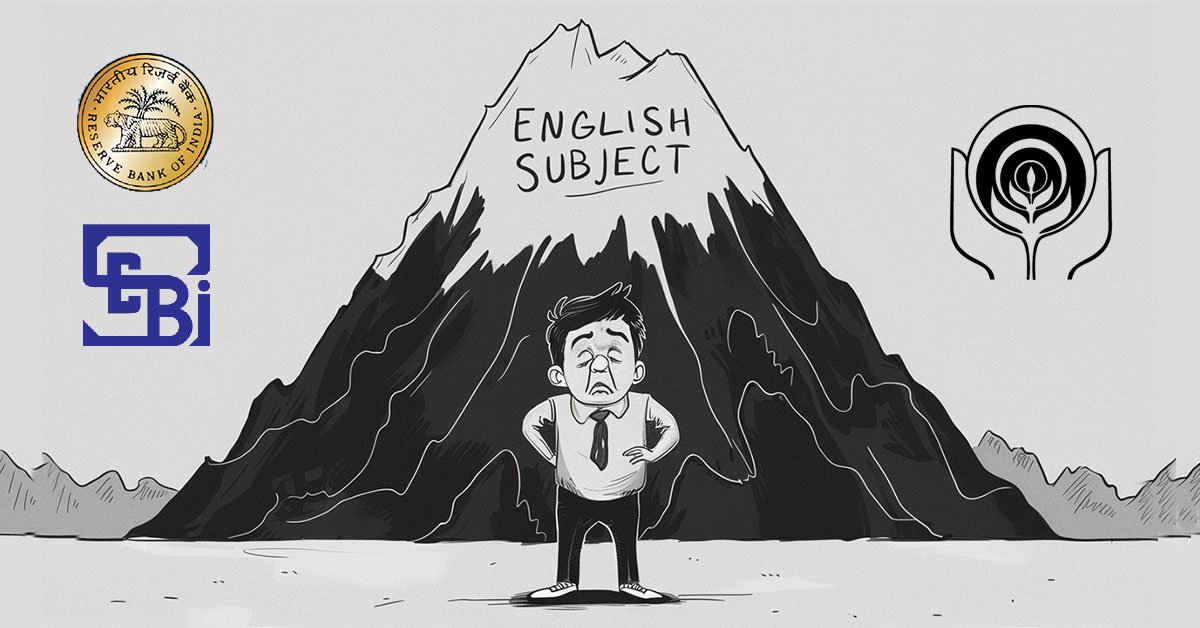Context:
- The Global Cooling Watch 2025 is UNEP’s second global assessment of cooling systems, analyzing their environmental, economic, and equity impacts.
- Provides the scientific foundation for the Global Cooling Pledge.
Published by: United Nations Environment Programme (UNEP) at COP30, Belém, Brazil (2025).
Aim:
- Analyse global cooling trends and project future emissions.
- Propose a Sustainable Cooling Pathway to achieve near-zero emissions.
- Ensure equitable access to cooling worldwide.
Key Trends Identified
- Rising Cooling Demand:
- Global cooling capacity projected to increase 2.6× from 22 TW (2022) to 58 TW by 2050.
- Driven by urbanization, income growth, and intensifying heatwaves, especially in developing nations.
- Emission Surge:
- Without strong intervention, cooling-related GHG emissions could reach 10.5 billion tons CO₂e by 2050, nearly double 2022 levels.
- Developing Country Growth:
- Cooling demand in Article 5 countries (developing nations) expected to quadruple, highlighting inequality in energy access.
- Energy Consumption:
- Electricity use for cooling may rise from 5,000 TWh (2022) → 18,000 TWh (2050).
- Risks power grid strain and high peak load demand, especially in tropical regions.
- Heat Inequality:
- Over 2 billion people in low-income households remain vulnerable to extreme heat due to lack of affordable, efficient cooling technologies.
- Passive Cooling Potential:
- Measures like reflective roofing, urban greening, and ventilation can lower indoor temperatures by up to 8°C and reduce energy use by 15–55%.
- HFC Transition:
- Phasing down high-GWP refrigerants (HFCs) could eliminate up to 0.4°C of projected global warming this century.
- Global Cooling Pledge Progress:
- 72 nations and 80 organizations joined, aiming for 68% emission reduction in cooling sector by 2050.
Successes Highlighted
- Strengthened global collaboration through the Global Cooling Pledge.
- Mainstreaming of passive cooling measures in building codes, especially in Asia and Africa.
- Technological advances in hybrid and low-energy cooling systems, improving efficiency by up to 50%.
- Enhanced private sector participation in sustainable cooling.
- Emerging tiered access frameworks improving equity and resilience for heat-vulnerable populations.
Limitations Identified
- Persistent inequality in cooling access, leaving millions unprotected.
- Insufficient adaptation finance, covering <20% of global needs.
- Policy fragmentation across energy, housing, and environment sectors.
- Delayed HFC phase-down and poor refrigerant disposal increase emissions.
- Dependence on fossil-based electricity undermines efficiency and refrigerant gains.
UNEP Recommendations
- Adopt a Sustainable Cooling Pathway:
- Combine passive design, efficient appliances, and clean energy integration.
- Accelerate Refrigerant Phase-Down:
- Implement Kigali Amendment fully with lifecycle refrigerant recovery.
- Mobilize Green Finance:
- Use concessional lending, PPPs, climate bonds to expand sustainable cooling access.
- Mandate Passive Cooling Standards:
- Integrate into national building codes and urban planning regulations.
- Ensure Equitable Access:
- Subsidize efficient cooling for vulnerable communities and heat-stressed regions.



















